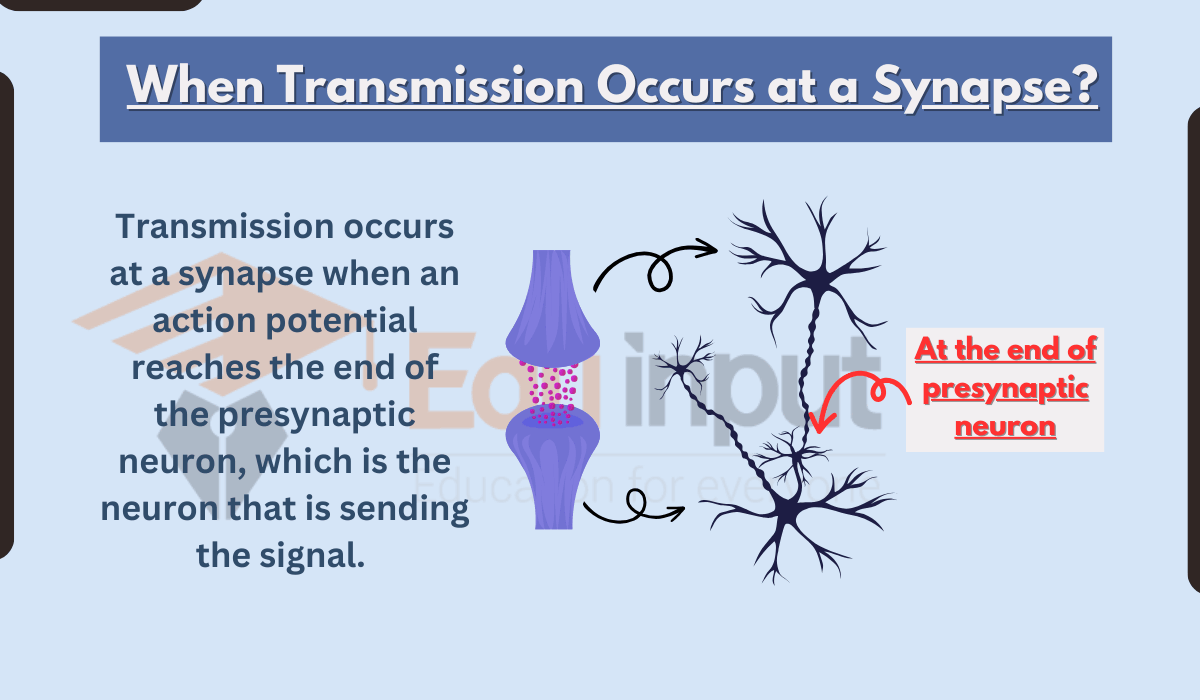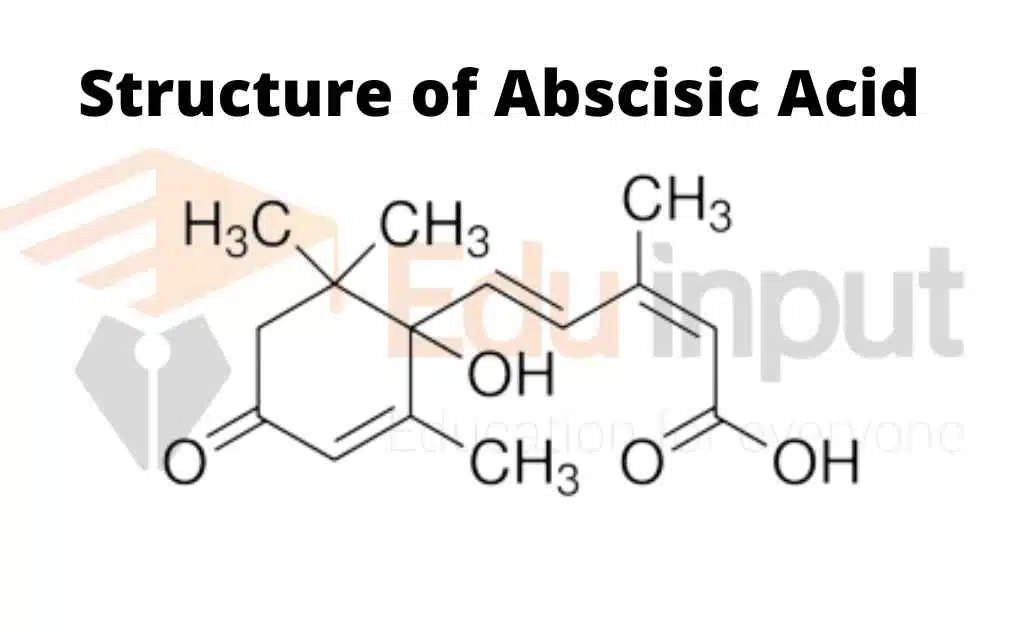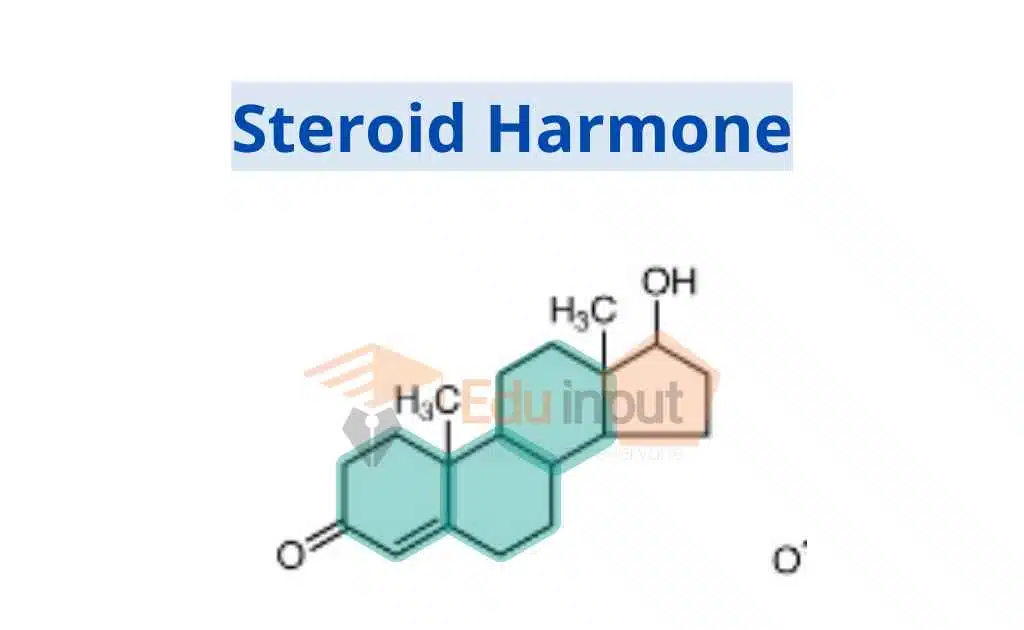Gonadal Hormones and Their Functions
Gonadal Hormones are hormones produced by male and female gonads that are involved in reproduction in humans. Gonadal hormones play vital roles in the development and regulation of the reproductive system and related physiological functions.
Female Gonadal Hormones
Female gonad ovaries produce following hormones:
1. Estrogen
Estrogens is a gonadal hormones that is responsible for normal sexual and reproductive development in women. They are produced primarily by the ovaries, with small amounts also made by adrenal glands and fat cells.
Estrogens are primarily secreted by ripening follicles in humans, while in other species, interstitial cells of the ovary produce these hormones. As a female hormone, estrogen stimulates sexual desire and reproduction
Functions of Estrogen
Estrogens perform follow functions:
- Estrogens develop secondary sexual characters in the female.
- It thickens the uterine wall.
- It causes positive feedback during the estrous or menstrual cycle. As a result, the pituitary gland increases the production of LH.
- It helps in the healing and repair of the uterine wall after menstruation.
- Some cells of the uterine wall become glandular due to estrogens. These cells start secreting proteinaceous secretions. The embryo takes up these secretions during the early stages of development.
2. Progesterone
Progesterone is endogenous steroid hormone. That is produced by both the adrenal cortex and the gonads (ovaries and testes). During the first ten weeks of pregnancy, the ovarian corpus luteum secretes progesterone, and later in pregnancy, the placenta takes over its production.
Progesterone is a female hormone that regulates menstruation and pregnancy. Levels of progesterone rise before ovulation and fall after ovulation. The pituitary gland produces LH. The LH acts on the ruptured follicle and these follicles produce progesterone.
Function of Progesterone
Progesterone performs the following functions:
- Progesterone inhibits further FSH secretion from the pituitary. Thus it prevents the ripening of more follicles.
- It also affects the uterus. It causes further thickening and vascularization of its wall and other areas of the female body. Thus it prepares the uterus to maintain pregnancy.
- It suppresses ovulation (release of an egg from the follicle). Therefore, it is a major constituent of the birth control pill.
Male Gonadal Hormone
Male gonad testis produce following hormones:
1. Testosterone
Testosterone is responsible for promoting increased bone and muscle growth, development of body hair, broadening of shoulders, deepening of the voice, and growth of the penis. Additionally, it serves as a precursor to both estrogens and androstenedione.
2. Androgens
Androgens are a group of hormones play an important role in the development of the male reproductive system. The most prominent androgen is testosterone, which is responsible for promoting the growth and maturation of male sexual organs during puberty.
It stimulates increased bone and muscle growth, contributes to the growth of body hair, enhances the development of broader shoulders, deepens the voice, and facilitates the growth of the penis.
3. Androstenedione
Androstenedione is another androgen hormone produced by the testes and adrenal glands. It acts as a precursor to both estrogens and testosterone. In the body, it can be converted into either estrogen or testosterone, depending on the specific needs and hormonal environment.
4. Inhibin
Inhibin is a hormone produced by the testes that regulates the production of follicle-stimulating hormone (FSH) in the pituitary gland. FSH is responsible for stimulating the growth and maturation of sperm cells. Inhibin helps to maintain a balance in the production of FSH, thus regulating sperm cell development and contributing to overall reproductive function in males.
The level of these hormones raises consistently after the initiation of the development of the sex organs in the fetus. This level continues to rise until puberty. After puberty, the secretion of LH started. Therefore, the level of testosterone remains constant.
These hormones perform the following functions:
- It initiates the development of the sex organs in the fetus.
- It develops male secondary characteristics at puberty. The castrated male (whose testes are crushed) fails to develop secondary sexual characteristics. His body becomes immature and female-like.
- It promotes the sex drive.






Leave a Reply